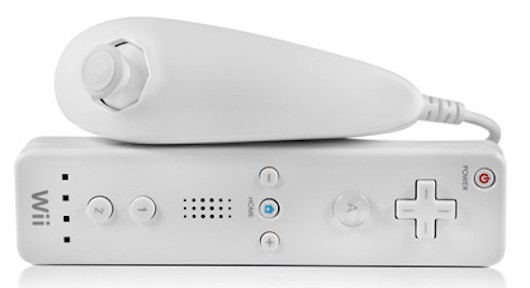Abstract
Purpose: This paper proposes a novel system (using the Nintendo Wii remote) that offers customised, non-immersive, virtual reality-based, upper-limb stroke rehabilitation and reports on promising preliminary findings with stroke survivors.
Method: The system novelty lies in the high accuracy of the full kinematic tracking of the upper limb movement in real-time, offering strong personal connection between the stroke survivor and a virtual character when executing therapist prescribed adjustable exercises/games. It allows the therapist to monitor patient performance and to individually calibrate the system in terms of range of movement, speed and duration.
Results: The system was tested for acceptability with three stroke survivors with differing levels of disability. Participants reported an overwhelming connection with the system and avatar. A two-week, single case study with a long-term stroke survivor showed positive changes in all four outcome measures employed, with the participant reporting better wrist control and greater functional use. Activities, which were deemed too challenging or too easy were associated with lower scores of enjoyment/motivation, highlighting the need for activities to be individually calibrated
Conclusions: Given the preliminary findings, it would be beneficial to extend the case study in terms of duration and participants and to conduct an acceptability and feasibility study with community dwelling survivors.
Read More: http://informahealthcare.com/doi/abs/10.3109/17483107.2014.981874


